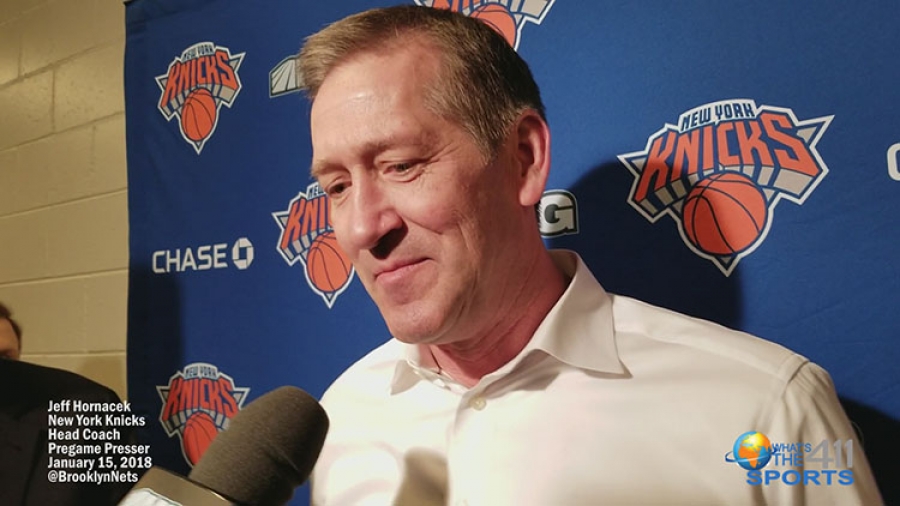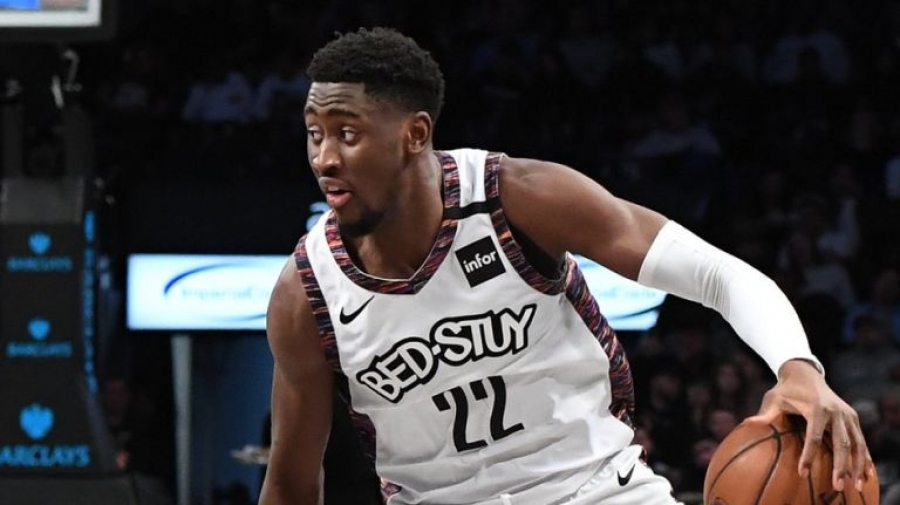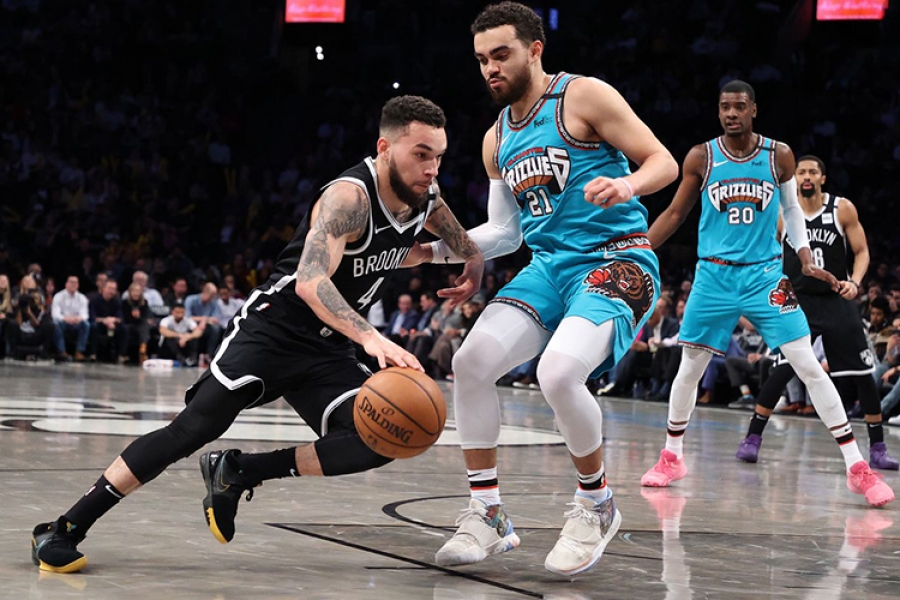Cheryl Wills of NY1 Remembers Arthur Ashe
July 17, 2012NY1 anchor, Cheryl Wills, checks in with What's The 411 correspondent Andrew Rosario to reminiscence about tennis great Arthur Ashe. Cheryl Wills remembers Arthur Ashe as a New York and an international icon.
"It is so fitting that we are having this fabulous event to honor him and his legacy and all of the people who are carrying on his legacy, Wills stated."
"Arthur Ashe was about world peace. He was about advancing African-Americans and integrating us into a sports world that once wasn't so inviting to us,...everyone's heart broke when he left us, but this is a wonderful way to remember him," she continued.
The conversation took place at the Arthur Ashe Sports Ball 2012 held at Chelsea Piers to benefit the Arthur Ashe Institute for Urban Health, which provides a three-year science enrichment program for college-bound high school students.
Patrick McEnroe Remembers Arthur Ashe's Generosity
July 17, 2012Former professional tennis player and ESPN New York 98.7 radio host, Patrick McEnroe talked about his memories of the late tennis star and humanitarian Arthur Ashe.
The conversation took place at the Arthur Ashe Sports Ball 2012 held at Chelsea Piers to benefit the Arthur Ashe Institute for Urban Health, which provides a three-year science enrichment program for college-bound high school students.
Patrick McEnroe shared how he benefited from Arthur Ashe's generosity. McEnroe remembers Ashe inviting him to Ireland for the Davis Cup as a practice player. At the time, Ashe was captain of the U.S. Davis Cup team and Patrick McEnroe was a junior player. Ashe thought it would be a good opportunity for Patrick McEnroe to join his brother John (McEnroe) enabling them both to see their family in Ireland.
"...everything he (Arthur) did in tennis and what he did for tennis pales in comparison to what he did just in his life," McEnroe stated.
Four American Women Take the Court at the US Open Semifinals
September 08, 2017USTA reaps rewards of Diversity and Inclusion as three of the four American women in US Open semifinals are Black women
With professional tennis player Serena Williams out on maternity leave, many thought that this year’s US OPEN would have a little less excitement. Nothing could be further from the truth. There was plenty of excitement on the women’s side. In the opening round, Naomi Osaka, whose father is Haitian and mother is Japanese, stunned the tennis world when she beat German player, Angelique Kerber, 6-3, 6-1. A serious upset for Kerber, as she is only the second U.S. Open women's champion in the Open Era to lose in the first round the following year who was ranked No. 1.
And then, no one saw this coming. For the first time since 1981 at the US OPEN, the final four in the Women’s Semifinals were all Americans, Venus Williams, Madison Keys, Coco Vandeweghe, and Sloane Stephens. In 1981, the final four American women included: Tracy Austin, Chris Evert, Martina Navratilova and Barbara Potter. Navratilova had just become a naturalized US citizen.
Seven-time grand slam winner, Williams was up against Stephens and 15th-seeded Keys was ready to battle it out with 20th-seeded Vandeweghe. Many tennis analysts and prognosticators expected a Venus Williams and Madison Keys final, but Sloane Stephens, who ranked 957 in early August, said not so fast.
In a gritty semi-finals match on Thursday, Stephens eked out a 6-1, 0-6, 7-5 win against Williams. Also on Thursday, the 15th-seeded Keys’ dominated No. 20 Vandeweghe 6-1, 6-2, leaving the US OPEN Women’s Final to feature two American women whose last names are not Williams.
When The New York Times Sports Columnist Bill Rhoden, one of the co-hosts for the evening, spoke with What's The 411 correspondent, Andrew Rosario, at the Arthur Ashe Sports Ball 2012, an event to benefit the Arthur Ashe Institute for Urban Health, he too, went below the surface.
Rhoden dug deep, as he remembered tennis great and humanitarian, Arthur Ashe.
Rhoden views Arthur Ashe as a pioneer in the world of tennis much like Jackie Robinson was a trailblazer in baseball and how their greatness impacted society beyond sports.
"Coming into a sport in a context, where, like, Jackie Robinson, those kinds of people, where you know that it's not just about tennis or baseball and it's not just about you, that you do represent a lot of people," stated Bill Rhoden. "And I think that Arthur carried that well and he expected other people, other tennis players, other Black athletes to carry themselves that same way too. So, I think clearly, he (Arthur Ashe) was a product of his time, of the South, of the sport, of the politics and sociology of the sport, and he embraced it."
Tennis Association Reduces Maria Sharapova’s Sentence to 15 Months
October 11, 2016Professional tennis player Maria Sharapova tested positive for a banned substance at Australian Open
The Court of Arbitration for Sport cut nine months off the suspension imposed on Maria Sharapova, who tested positive for the banned heart medication Meldonium at the Australian Open in January 2016.
Is justice being served by reducing the penalty by nine months?
US OPEN 2015: Simona Halep Defeats Victoria Azarenka in Quarterfinals
September 09, 2015Halep Reaches US Open Semi-Finals after Beating Azarenka 6-3, 4-6, 6-4
Today, I had the opportunity to watch the US OEPN 2015 quarterfinals match between second seed Romanian Simona Halep and No. 20 seed Belarusian Victoria Azarenka in the USTA’s President’s Box.
This was not my first time in a president’s suite as on two occasions, I’ve watched New York Yankees games in New York Yankees owner George Steinbrenner’s box. The interior of Steinbrenner’s box reminded me of a large lounge area flanked by baseball memorabilia. On the contrary, the USTA’s President’s Suite had the feeling of a modern luxury hotel restaurant with two levels; restaurant upstairs and lounge on the main level.
A wall of glass doors led to outdoor seating to watch Halep and Azarenka play with or sans cocktail in hand. Scattered around the lounge were TV monitors to watch the match inside, and from some seating areas inside you could watch the match on the same outside Jumbotrons as the fans in the stands.
This was the third career meeting between the two tennis players, with Victoria Azarenka leading 2-0 over Simona Halep, the world’s No. 2 player. A highly motivated Halep was on a mission but seemed to be in danger as 26-year-old Azarenka came into the third set with momentum after winning the second in impressive style.
But, the rain gods had a different strategy. A rain delay took the players off the court for an hour and 25 minutes and while the players stayed dry, the guests in the President’s Suite had more of an opportunity to mingle.
USTA President Katrina Adams floated from group to group, talking and taking pictures. Actress Dawnn Lewis (A Different World), as beautiful as ever, took us back to how she met President Adams and got involved in tennis.
With the rain delay over, Halep and Azarenka returned. A revived Halep put away Azarenka and won the quarterfinals 6-3, 4-6, 6-4, and is now on her way to the US Open semi-finals for the first time.
"I got behind the baseline in the second set and had to do a lot of running,” Halep said. “That break helped me. Thanks, God, for raining,"
Flavia Pennetta wins US OPEN 2015
September 12, 2015Flavia Pennetta defeats Roberta Vinci 7-6, 6-2
The excitement continues at the US OPEN 2015.
First, second-ranked Simona Halep loses to Italian Flavia Pennetta 6-3, 6-1 in Friday's first US OPEN women's semifinal. Next the shocker of all shocks, world No. 1 Serena Williams fell to Roberta Vinci 2-6, 6-4, 6-4; which sets up the all-Italian US OPEN finals match of the over-30-year-old set, between Flavia Pennetta and Roberta Vinci.
Today, in the US OPEN Finals, Flavia Pennetta overpowered Roberta Vinci 7-6, 6-2; which in and of itself isn’t so shocking. However, the shock came when 33-year-old Pennetta, announced to the U.S. Open crowd at Arthur Ashe Stadium that she was immediately retiring from tennis.
Pennetta said: “One month ago, I made a big decision in my life; and this is the way I would like to say goodbye tennis. This was my last match and I couldn’t think to finish a better way. Before this tournament, I never thought to be this far, to be a champion. It’s been a long time getting here. It’s a dream come true. It’s also nice to play against a friend. She has had an incredible two weeks. We know each other since we were really young. Our first match, I was nine years old.”
Drop the mic.
Clarifying her plans afterwards, Pennetta said, “I will play until the end of year, but this was my last match here in New York. I’m supposed to play Wuhan, Beijing, the only two.”
As for Vinci, who just beat Serena Williams in the semi-finals the day before, offered her thoughts and congrats to Pennetta.
“It was tough, over 24 hours there were a lot of things on my mind, a little tired, Vinci stated. “But I’m really happy to be in the final, really happy for Flavia. It’s tough to play someone you have known for a long time. Flavia played a great match.”
Flavia Pennetta wins $3.3 million USD in prize money, while Roberta Vinci, as the runner-up receives $1.6 million USD.
Venus Williams’ Valentine’s Gift is a Win at the Taiwan Open
February 13, 2016Venus Williams defeats Misaki Doi 6-4, 6-2 in Inaugural Taiwan Open to capture her 49th WTA singles title
It’s Valentine’s Day in the United States, and while lots of women are receiving flowers, Venus Williams collected her 49th WTA title and a check for $500,000, by defeating Japan’s Misaki Doi 6-4, 6-2 at the inaugural Taiwan Open on Sunday.
The former No. 1 and seven-time grand slam winner, who exited in the first round of the Australian Open, felt lucky in Asia.
"I've had so much success in Asia," Williams said after the match, having won her past two titles in China. "I feel like it's very lucky to play here."
"The last five days were so exciting, just to feel the enthusiasm and to play great tennis every day," Williams added. "It was a perfect week for me, and the tournament did an amazing job with everything. The players and fans felt so welcome, so it was perfect."
With Venus Williams’ 49th career women’s singles title, she is now seventh on the all-time tournament victories list for Women’s singles; and she is within striking distance of Monica Seles (53) and Lindsay Davenport (55).
Doi, who was playing Venus Williams for the first time, was bidding for her second WTA career title following last year's win in Luxembourg.
D.A. Abrams: USTA's Chief Diversity and Inclusion Officer
August 29, 2014The TEAM USA initiative is an effort to further create and implement a structure that includes personal coaches, USTA Sections and USTA Player Development working closer together to help create the next wave of world-class American players. Our vision is to be even more inclusive, collaborative and supportive so that promising young players from all over the country will have the best chance to maximize their potential. -
Patrick McEnroe - GM USTA Player Development
Potential is what the US Open Qualifying Tournament is all about and takes place the week before official tournament play at the USTA Billie Jean King National Tennis Center. It gives the fans a chance to see many of the game's future stars, from around the world, compete against each other and for free. Many of today's most promising American tennis prospects are black and female. Young players such as Tornado Alicia Black (16), Taylor Townsend (18), Madison Keys (19), Sachia Vickery (19), Victoria Duval (19), Sloane Stevens (20), Alexandra Stevenson, Asia Muhammad (23) and Angela Haynes (24) and don't discount the young men, Francis Tiafoe, Michael Mmoh as well as former Junior Champion Donald Young. And they may owe much of their interest in the game to the groundbreaking success of Venus and Serena Williams.
However, equal credit must be given to the US Tennis Association's (USTA) Diversity and Inclusion programs, initiatives and the people who make it work. Deservingly, no one exemplifies the desires and benefits of the organization more than the USTA's Chief Diversity and Inclusion Officer, D. A. Abrams, and his journey and the ever-evolving policies of D&I are a perfect marriage of potential maximized.
David Anthony Abrams has spent his adult professional life working in the game he loves after being attracted to tennis from the images of the incomparable Arthur Ashe he saw as a youngster. His affection can be seen in the lessons the sport taught him, the education it provided him and his desire to see it represented by all who felt like himself. What's The 411's interview was a great opportunity to get these complimentary stories on the record and to reflect our mutual goal, present information as a call to action, support tennis diversity and hopefully, to be an impetus to help you follow your dreams. Enjoy the video interview with USTA's D.A. Abrams below!
Watch: Interview with USTA's D.A. Abrams
A partial conversation between D.A. Abrams and Glenn Gilliam follows:
WT411: We're here at the 2014 US Open Tennis Championships and we have the distinct pleasure of having the Chief Diversity & Inclusion Officer joining us today, Mr. D.A. Abrams. DA, thanks so much for being here.
D.A. Abrams: Oh it's really a pleasure to be here, thanks so much for having me.
WT411: How important is it to have your young stars of color represent, be successful and it helps your cause?
D.A. Abrams: First and foremost if you take note of the demographic change in the country, the fact of the matter there are more people of color living here so it just makes sense for us to have more people of color doing well in the sport of tennis. I mean that's the way we're going to attract more folks of color, in my judgment.
WT411: What is the Chief of Diversity & Inclusion's responsibilities generally and what other departments do you oversee?
D.A. Abrams: The mission of the USTA is to promote and develop the growth of tennis, so the way in which I like to describe what I do is making tennis look like America. And we have an all-hands-on-deck approach, to how we intend to make that happen. We have a strategic direction of six different pillars which really covers everything, not just young kids playing tennis. Everything from the volunteers to the staff, to supplier diversity, you name it we're trying to touch it all.
WT411: Do your programs talk about the history of the game, Althea Gibson, Arthur Ashe and Dr. Robert Walter Johnson their coach, to help build your volunteers and fan base and get folks excited about it?
D.A. Abrams: So earlier I said we have an all-hands-on-deck approach to how we are going to increase diversity for the betterment of the game. I talked a little bit about our pillars. The first one is human assets, so human assets is everything from volunteers, to staff, to providers, to coaches, to fans and ultimately to players, right? We believe that we need to diversify all of that in order to most effectively promote and develop the growth of tennis. The next one is image. You asked the question earlier regarding Arthur Ashe, Althea Gibson, I mean we want to make sure that we're putting out very positive images and we want to make sure that we're showing folks that hey you too can play this sport. So image both internally and externally is very, very important to us.
WT411: With regards to your tenure with the USTA, how did it start, how long have you been in this role, have you always had a love for tennis and what was your role prior to the Chief Officer?
D.A. Abrams: I've been with the USTA for a long time, since 1993, that's 20 plus years, but I've been in this role for a little over two and a half years. I started off as the national coordinator for a program called National Junior Tennis & Learning, which was founded by Arthur Ashe and a couple of other fellas way back in the day, 1969 or so. I did that for a while, I did Minority Participation that's what we used to call it before it became Diversity and Inclusion. From there, I became Executive Director of one of those 17 sections we talked about, did that for 4 years and then came back to the national office to serve as the Director of the NJTL. We had created its own department, which then grew into covering Special Populations, Adaptive Tennis, Wheelchair Tennis, Awards, so it became much more than what it was when I first came on. I then left to head up another one of our sections for six years and then back to USTA in this role and again it's been 20 plus years but it seems like its 20 months or so, it's been going by really, really quick.
WT411: Did you always have a love for tennis?
D.A. Abrams: I learned how to play tennis through the National Junior Tennis & Learning Program, in Philadelphia and just to go back to how I think images are very, very important. I was watching TV, now I tell this story and I just want to make sure that I'm telling it correctly. I was introduced to tennis before I actually started to really play. My sister took me out to the courts, it wasn't a lot of fun because we were just hitting at the ball and we're both picking up balls, right? So it really wasn't until I'm at home, watching PBS, cause this was back in the day when tennis used to come on TV, just about every weekend and I see this African American guy playing that happened to be Arthur Ashe. Now he made it look so easy, that I thought oh, now if Arthur Ashe can do this, I can get there and do this too. Well, that wasn't the case, but I did go out and it got me playing and it's kept me playing and that is the reason why, quite frankly, I'm in this role today. My love of tennis and just being able to, not just play tennis but use tennis as a vehicle to better myself and it's not just me, so many youngsters that were brought up in this local program in Philadelphia, which is a national program. There are over 600 such programs throughout the country touching about 300,000 kids or so every year, so it's a very powerful program.
WT411: Great story, but to get a little more personal, where's your hometown, where are you from and where did you go to school?
D.A. Abrams: I'm from Philadelphia; I grew up in North Philadelphia. Went to High School at a place called Strawberry Mansion, in a pretty tough neighborhood. Was fortunate enough to get a tennis scholarship to a small Division II state college by the name of Millersville, which is in Lancaster County, Pennsylvania. So that worked out quite well for me but I think it even worked out better for my parents because they didn't have to pay anything.
WT411: In terms of your transition to the USTA, after you found your love of tennis and you were playing it, how did you find your way to the organization?
D.A. Abrams; So that's a really good question. I grew up playing tennis. When I graduated from college I went to work as an accountant for a company called Control Data Corporation, out in the twin cities of St. Paul /Minneapolis. I'm not a millennial but I probably have traits of millennials because I just wasn't patient enough, quite frankly, I wanted to get back to tennis. Now had I stayed there, I probably wouldn't be here today but it was a blessing that I wasn't patient enough wanted to get back to tennis, went back to Philly worked for an organization called the Arthur Ashe Youth Tennis Center, and then got the opportunity to come work at the USTA.
WT411: In terms of those Human Assets, how important is it to broaden that diversity pool at the USTA and see those people get elevated, get promoted and move on?
D.A. Abrams: Well it's very, very important. In fact it's so important that we have a, what we like to call a D&I or Diversity & Inclusion scorecard and tennis participation is one of the markers and one of the measures, that's very important, our mission is to promote and develop the growth of tennis. We talked earlier about how Supplier Diversity, so that's one of the markers, but the other two markers, in my view, are very important and they both have to do with human assets. So what does that all mean, in terms of moving up to leadership positions. We're looking at everything but we're measuring who's leading these organizations, who are in management, who are the members of the C-Suites? And I will tell you, that now today if you look at where we are today as opposed to when I started, it's night and day. In fact, when I started on the board of directors, volunteer board, there was one gentleman of color, by the name of Gary Lee, Asian American male from northern California. He was on for a little bit then he dropped off and then there was an African American male that came on the board, by the name of Dwight Mosley, first AA to make the board, he was on for a little bit unfortunately he passed away and then Mayor Dinkins came on to the board and he served for a while and then other folks of color started to serve as well, so it was no longer just one at a time. So fast forward to where we are today. Our first Vice President is a woman by the name of Katrina Adams; she is the first African-American person to serve in that role. We're hoping one day that she will rise to the level of President and if that happens, she will be the first African American President of the USTA. Again, not a lot was happening in 1993 but we were trying, we're starting it but now you fast forward to today and it's looking pretty good there.
WT411: We know the goal is to reflect America and for African Americans the barriers remain economic, access to courts, training, instruction and equipment. What are you guys doing specifically to address those things?
D.A. Abrams: Well we do a number of things, let's first start with that NJTL program, what I failed to say earlier is that NJTL program is an outreach program it's really designed to attract youngsters that would not ordinarily play the sport and that's in 600 markets across the country. No. 2 is we have schools program, where we actually take tennis to where the kids are during the day and we partner with other organizations to provide after-school programs. So we are ensuring that we are going to reach African Americans, Latino Americans, Asian Americans, members of the LGBT community and others. In terms of the equipment, as of a few years ago we started youth-sizing the equipment. Think about that, when I started to play I was trying to play with the same racket as Arthur Ashe. Today, the balls are softer, they bounce higher, the equipment's a lot smaller, the nets are shorter so when you go out, you're pretty much going to have instant success. You may not be able to hit the ball like Serena Williams or Venus Williams but you will have instant success and it makes the game a lot of fun, which will keep you coming back.
WT411: Congratulations on the 2014 nomination for the DANDI Award, that's the Diversity and Inclusion Award, what are you doing with your initiatives to distinguish yourself from your competitor?
D.A. Abrams: Again, we have a D&I all hands on deck strategic plan and approach to really ensuring that diversity and inclusion is utilized as a strategy to grow tennis. We went through the six pillars earlier, what we didn't talk about is how we have those six pillars supported by recommended goals for each one of the pillars, in addition to that suggested tactics.
WT411: The JTLs (Junior Tennis Leagues), there are 6oo across the country, how influential is it that you have with those JTLs, in terms of delivering your programs and how do you interact with them to reach your goals?
D.A. Abrams: I mean this is not hip hop but in hip hop you would say "street cred", right? I think that's what the young people say. I grew up playing in JTL, I am an NJTL graduate, so I can go in and talk to folks, not just the administrators, but I can identify, if I can identify with the young folks, I can at least pull that card. I think it helps, we work very closely with that department, in fact, we have a number of cross-functional teams, we're working very, very closely with that department to ensure that we're supplying them with what they need and they're helping us achieve our goals as well.
WT411: With regards to what's going on in the country today, obviously with Ferguson, here in New York City, it's got to be even more important the work that you guys are doing, do you try to relate any of that current events, that real time stuff to your trainers or your volunteers when your implementing your programs?
D.A. Abrams: For the most part, we do and we don't, if it comes up in a discussion and current events they do come up in discussions we are prepared to answer that and to answer those questions and to incorporate the learnings within the training. The big thing for us is to get across the idea that D&I is a strategy. It's a legitimate and very powerful strategy to help you achieve your already existing goals, whether they be USTA, whether they be tennis related, whether they be life skills, life goals, you need this in order to really do extremely well, not just well but extremely well.
WT411: I want to touch on Supplier Diversity, we talked about it earlier, how important is it to increase those ranks, to bring other suppliers into it and what is the USTA looking for, what kinds of companies is the USTA interested in?
D.A. Abrams: Anyone that can provide a value-add to us, we're very interested in learning more about them. We're very, very serious about Supplier Diversity. Two years ago we had 15% diverse spent, across the enterprise, which is very powerful, a lot of companies on average maybe about 6% or 7%, last year we went down slightly, we're still at 13.5%. We have an individual on our team that that's all they do, in fact the USTA is so serious about really utilizing Diversity & Inclusion to help us grow the sport, we have a department of six and that's pretty big for D&I. We're really walking the talk if you will and I'm very proud of what our leadership is doing both our President and the Board, as well as my boss, I'm a direct report to Gordon Smith, it's just couldn't be more supportive so it's a great place to be right now.
WT411: Are you familiar with MLBs Diversity Summit and do you take some best practices from that?
D.A. Abrams: Yes we steal a lot of those best practices. We're very familiar with that and we've been to all three, the last one was in New York. We're very familiar with what they do and steal a lot of what they do.
WT411: What's your most rewarding moment in your present position, for yourself individually and with your team?
D.A. Abrams: Well I have to go back, I started a long, long time ago and to know that we have an African-American serving as the first Vice President of the USTA is extremely rewarding to me. It's not that I did that, but the fact that I work for an organization that has elevated someone of that stature to that position, means a great deal to me and I think it means a great deal to the organization and certainly to tennis. I think I said earlier that at the USTA, all directors and above must have a D&I related goal, it's not an option, they must have it. Now that's new in 2014 and trust me that's very big.
WT411: As a media company, is there any opportunity to include more media partners of color to get your message out, to be a little bit more of a voice in those communities you're trying to target?
D.A. Abrams: No, we would love that, I was a panelist along with Wendy Lewis of Major League Baseball and a fella from NASCAR at the National Association of Black Journalists in early August. I asked them, you got to ask for what you want, right? For what you're asking me the answer is yes, we would love for you and other companies such as yours to be supportive in getting the message out. We've got a lot of good stories to tell, from the grassroots, to what we're doing in youth tennis, to what we're doing with adult tennis, to what we're doing to get these youngsters that are on the cusp of being, maybe great players, we've got a lot of good stories to tell.
Billie Jean King Shares Her Insights About Coach Pat Summitt
September 17, 2012VIDEO: Billie Jean King thinks Pat Summitt would have made a great tennis player
Billie Jean King, an icon on the world tennis stage, spoke glowingly about Pat Summitt, the former University of Tennessee Women's Basketball Head Coach.
In her conversation with What's The 411 TV's Andrew Rosario, Ms. King, will at least, make you chuckle, with her humorous comments about Coach Summitt.
"She was so much fun to watch coach, not only watch the team play, but to see her look at them, and motivate them, and stare at them, and yell at them. She said she mellowed over the years. The winningest coach, 1098 games, eight national championships, but the most important thing, which you're going to hear when I speak, is that every single player, every single player that she ever coached graduated. That's the big deal I think." (Editor's note: me too!)
Ms. King also states that Ms. Summitt would have been a great tennis player.
A little-known fact is that Ms. King played basketball before she played tennis.
The 2012 USTA ICON Awards in its fourth year and held at the US Tennis Center during the US Open, honored Pat Summitt, the former University of Tennessee Women's Basketball Head Coach and now Head Coach Emeritus, with the Billie Jean King Legacy Award.
The association also honored posthumously 2012 International Tennis Hall of Fame inductee and wheelchair tennis pioneer Randy S
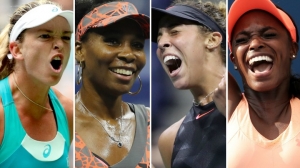
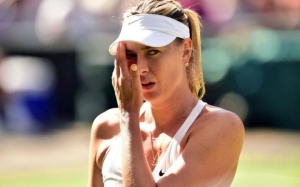
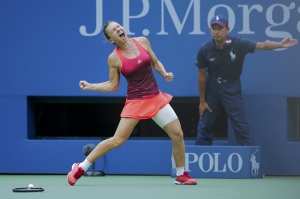
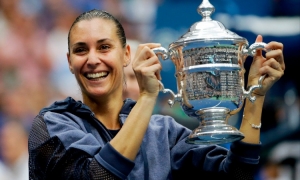
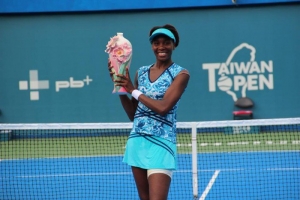
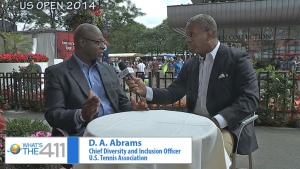
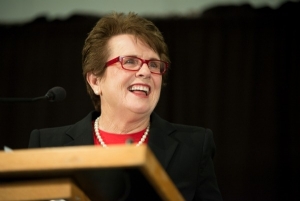
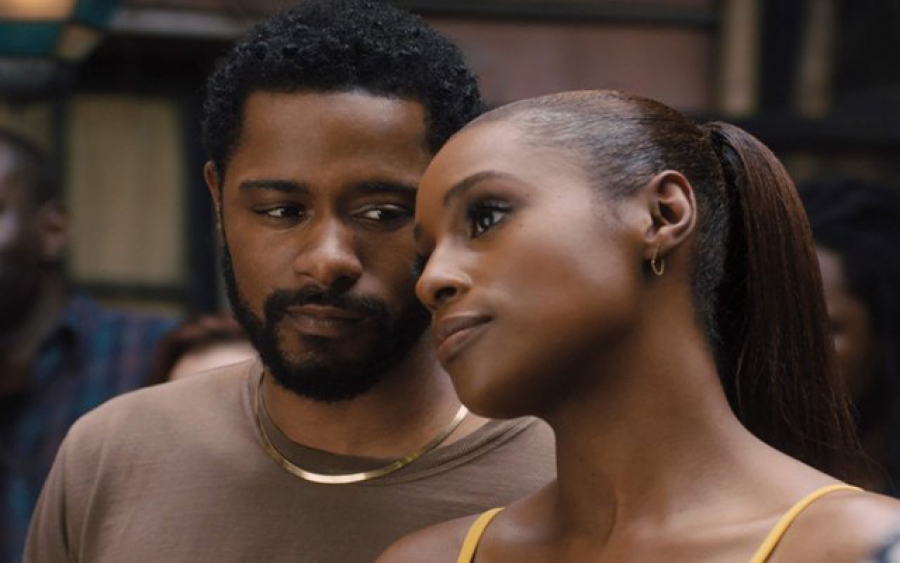
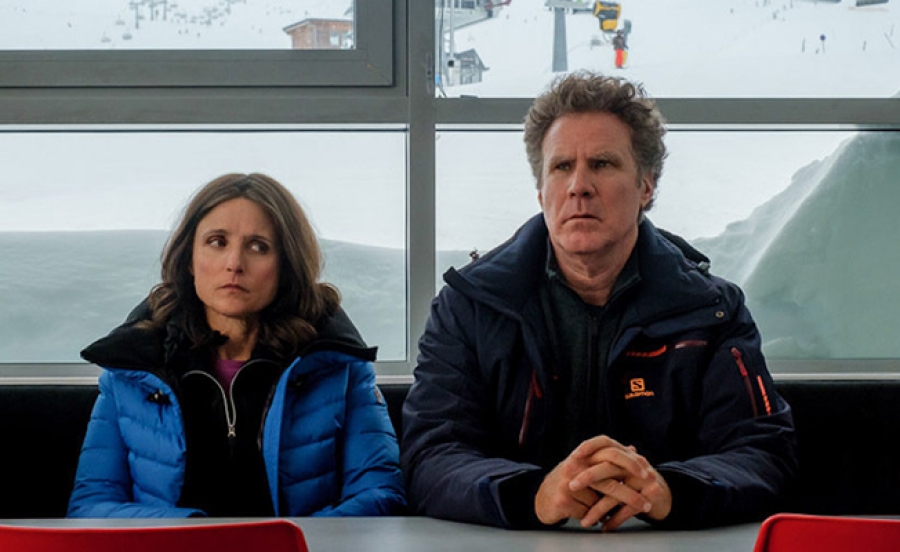
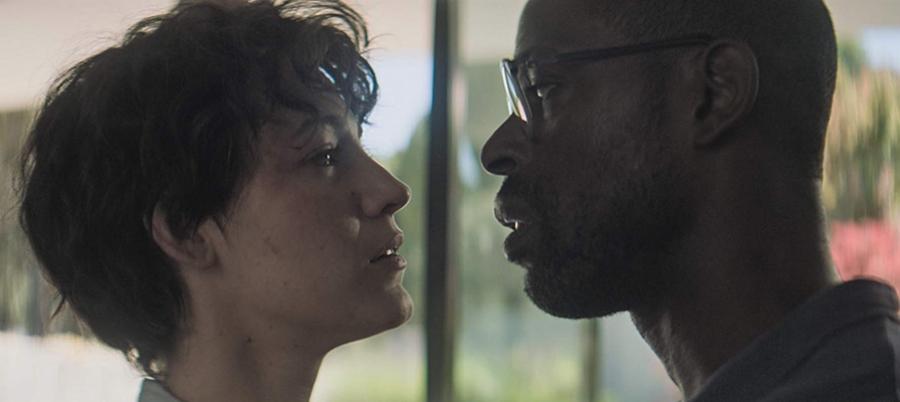

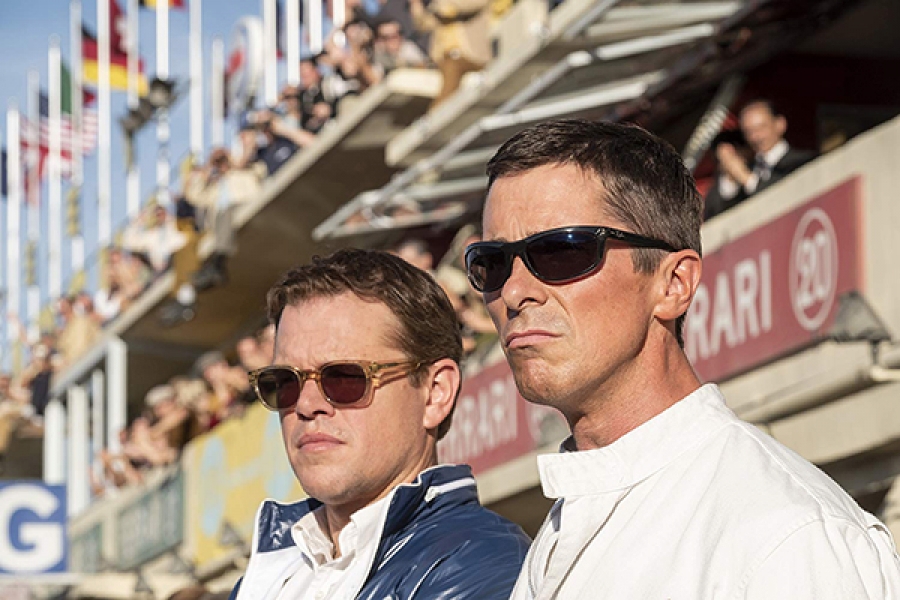

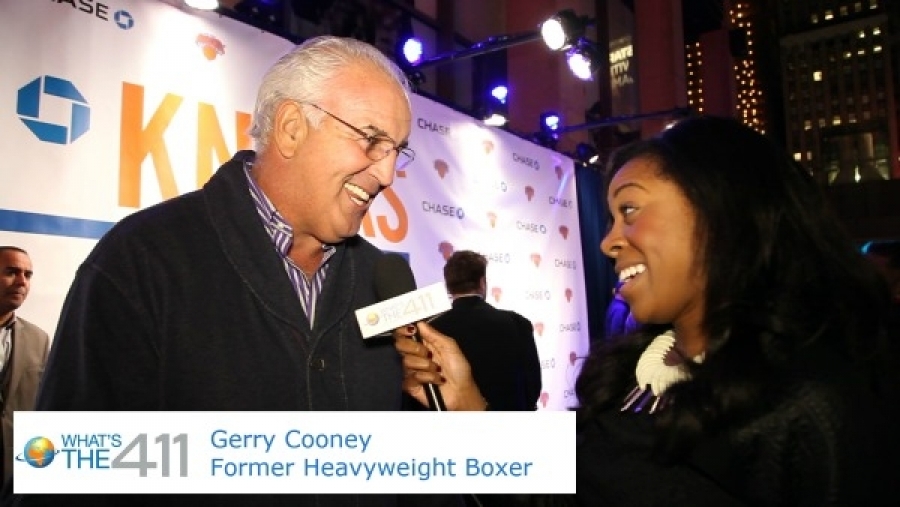
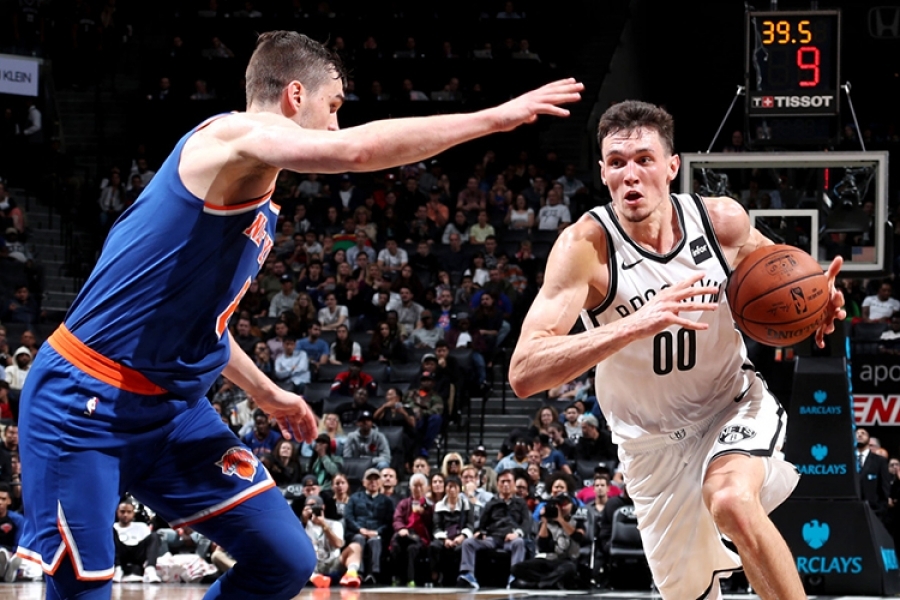
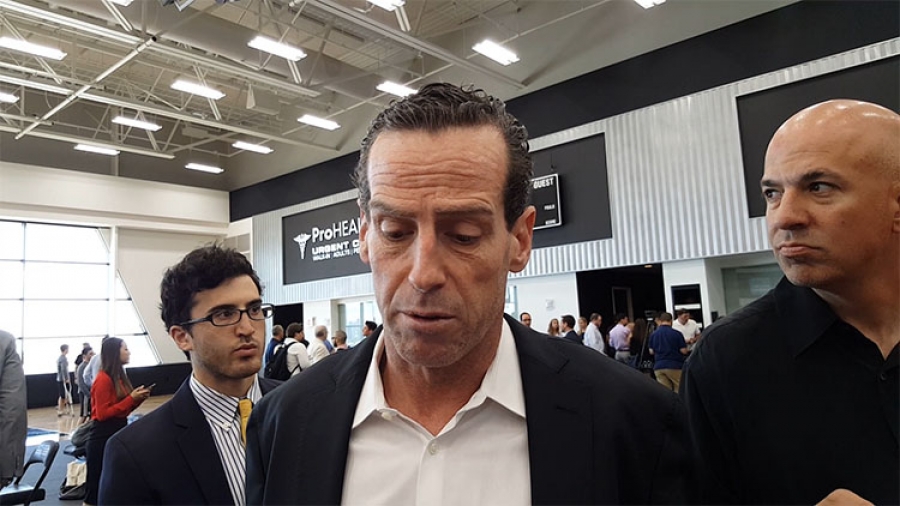
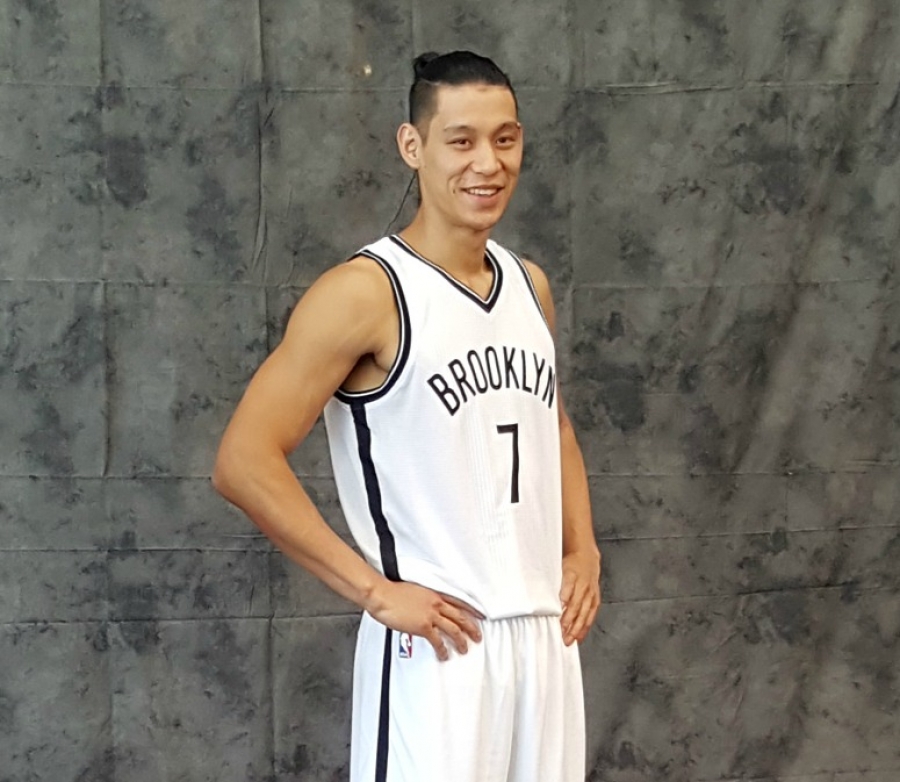
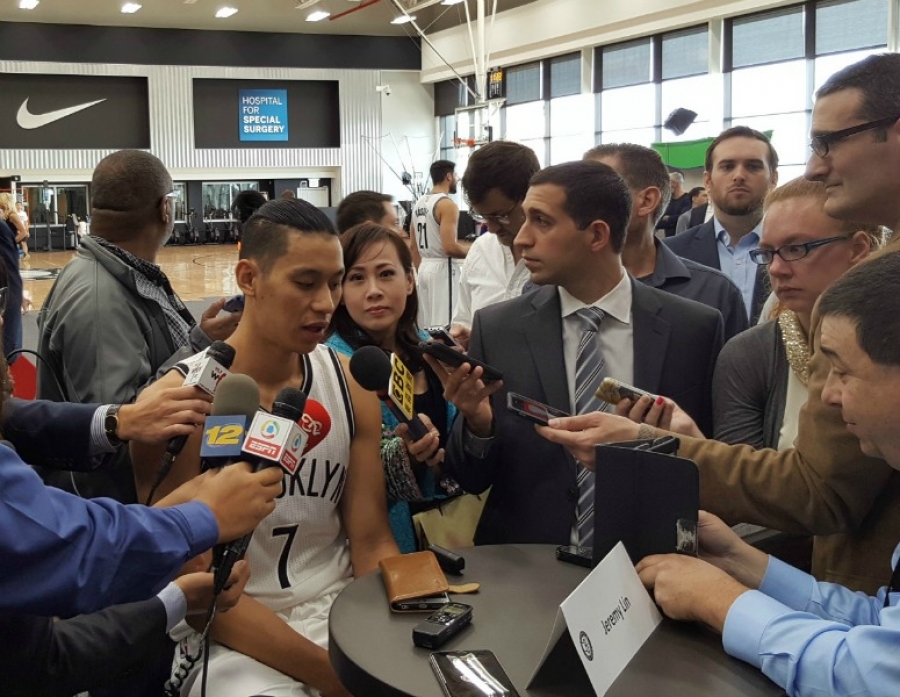
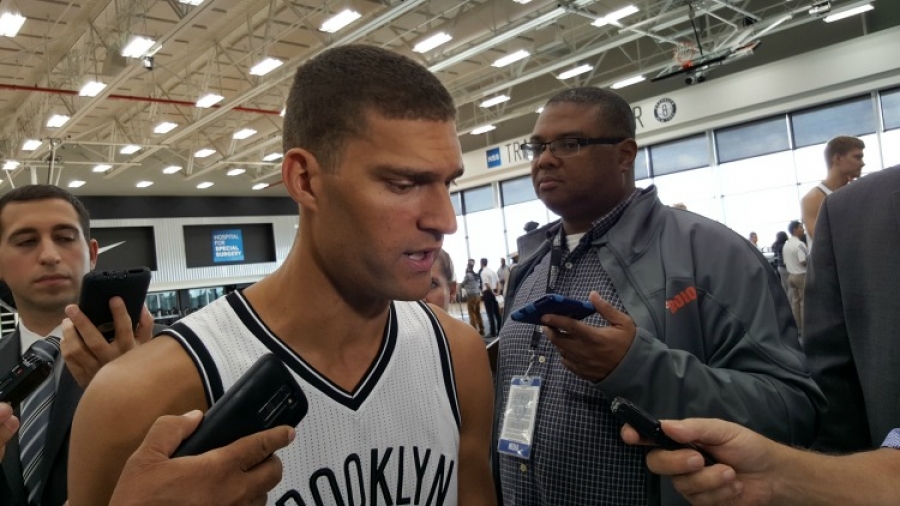
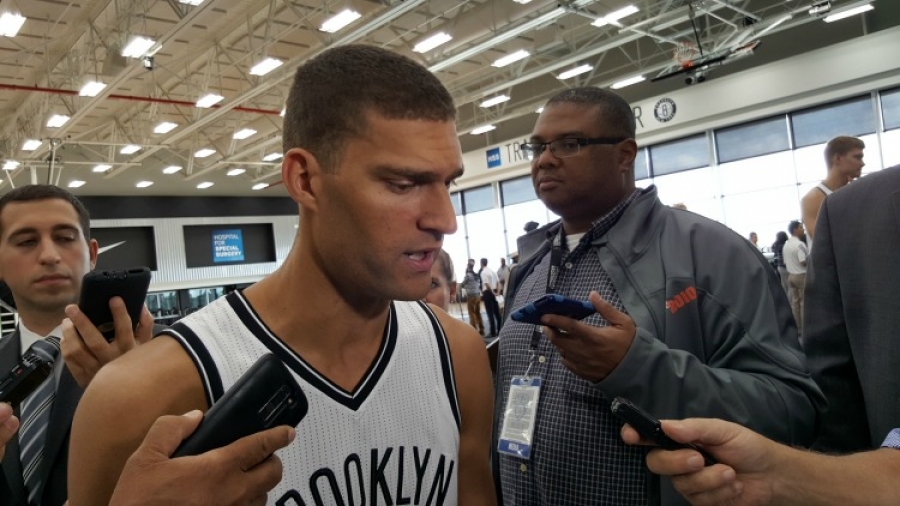
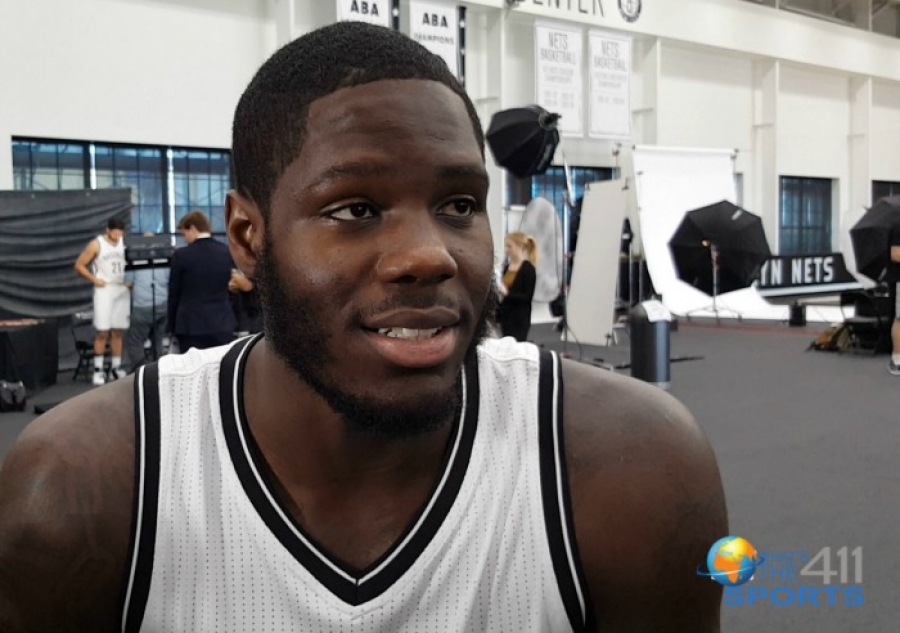
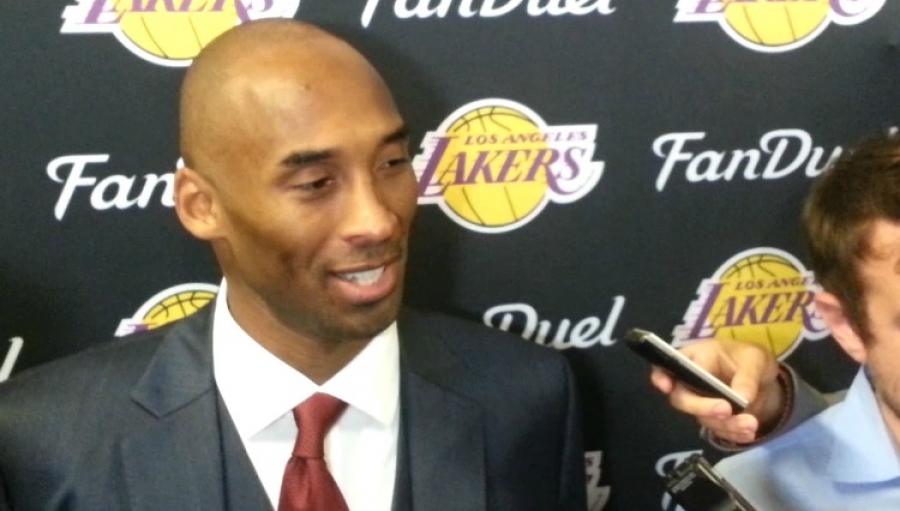
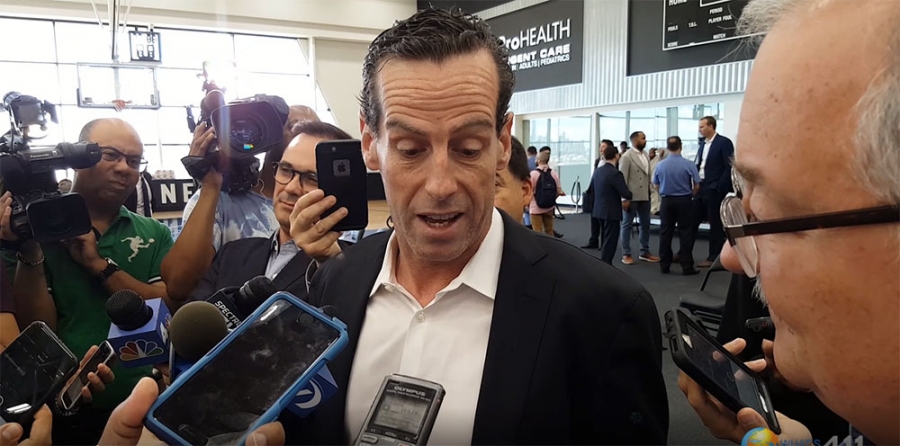
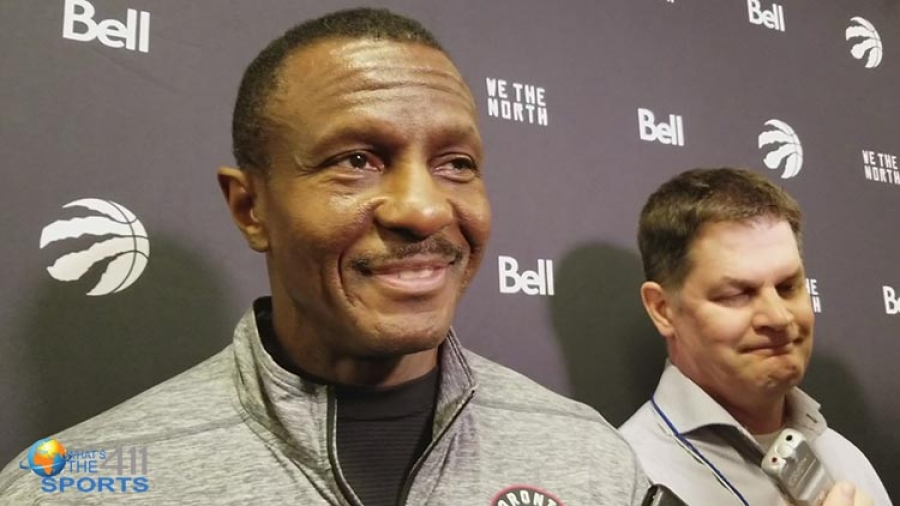
![Doc Rivers Talks About Encounter with Referees [as a Spectator]](https://411sportstv.com/media/k2/items/cache/21615ff211c60b43d866a2b2bca320da_XL.jpg)
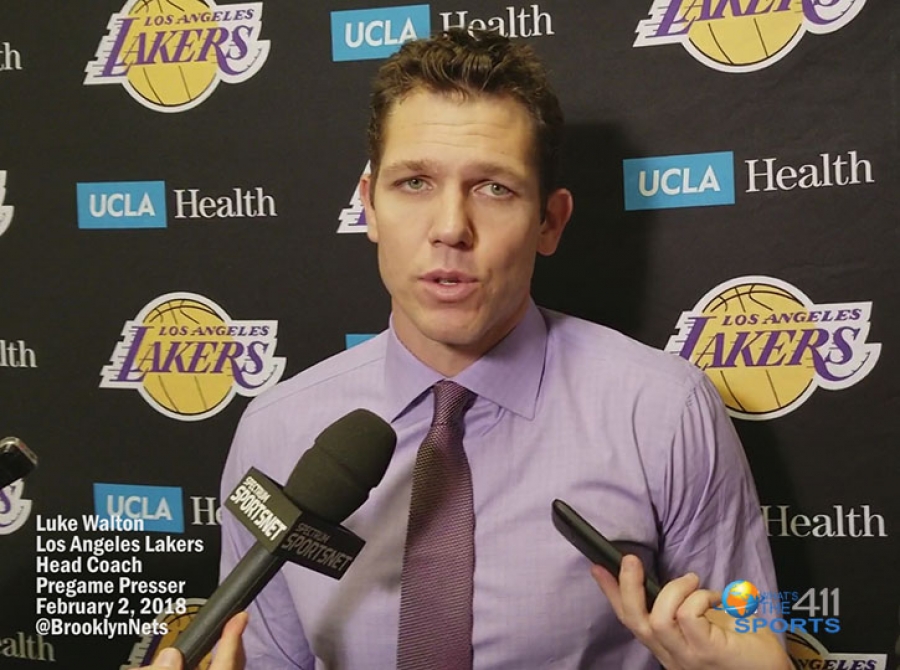
![Gregg Popovich Dishes on Spurs Assistant Coach Becky Hammon [VIDEO]](https://411sportstv.com/media/k2/items/cache/e4695529e9bbf8b60b6165d76397876b_XL.jpg)
